The Early Universe’s Most Massive Galaxy Cluster Revealed
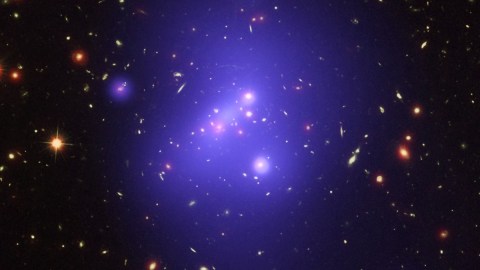
From 10 billion years ago, a cluster more than 500 trillion times the Sun’s mass is revealed to us.
“If you take a galaxy and try to make it bigger, it becomes a cluster of galaxies, not a galaxy. If you try to make it smaller than that, it seems to blow itself apart.” –Jeremiah P. Ostriker
13.8 billion years ago, the Universe as we know it came into existence. Filled with matter and radiation, it would cool, clump together and eventually form stars, galaxies, and large-scale structure under the influence of gravitation.
The big requirement is time; moving trillions of suns’ worth of mass takes time. After billions of years, only a handful of galaxy clusters will be among the most massive. But as we look farther away, and hence earlier and earlier, we expect smaller, lower-mass clusters. Yet 16 billion light years away, IDCS J1426.5+3508, with a mass of 500 trillion suns, has already emerged.
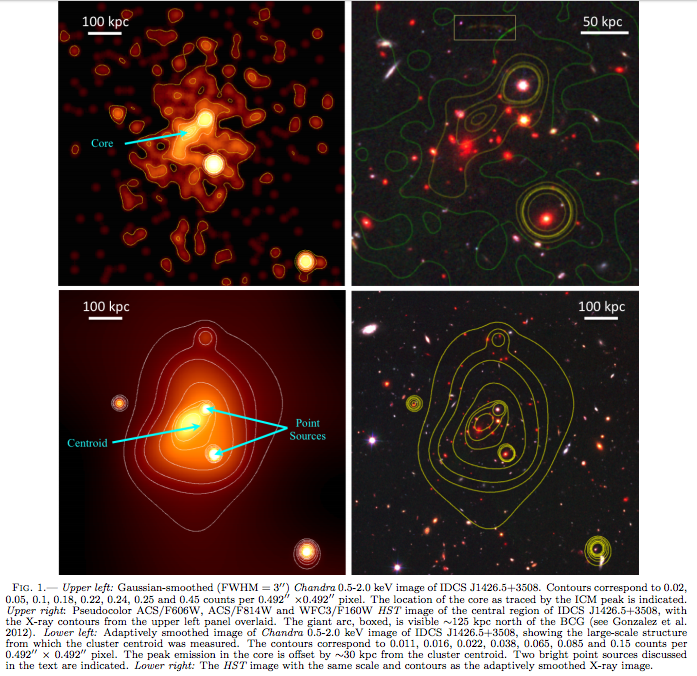
Despite the fact that the Universe was only 3.76 billion years old at the time — barely a quarter of its present age — this cluster already has nearly 20% the mass of the heaviest cluster of all: El Gordo.
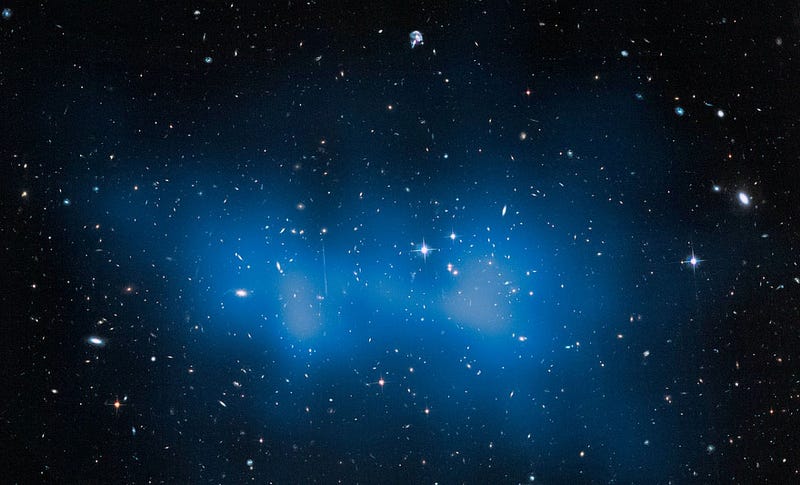
It’s the only cluster this distant with masses from three independent techniques: gravitational lensing, X-ray gas, and internal dynamics.
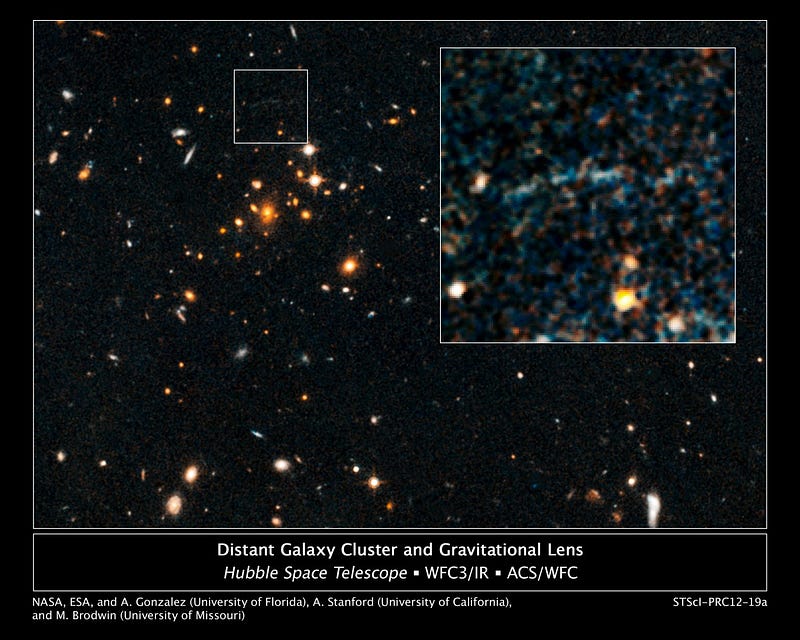
Discovered by Spitzer, it was rediscovered in archival Chandra data, and then reimaged for 28 hours.

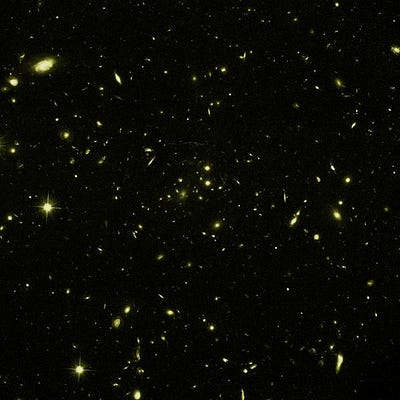
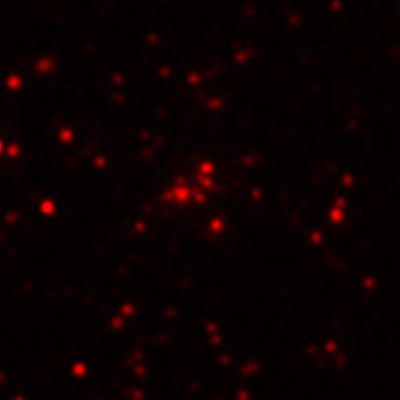
Also captured by Hubble, this cluster may, by today, be the most massive one in the visible Universe.
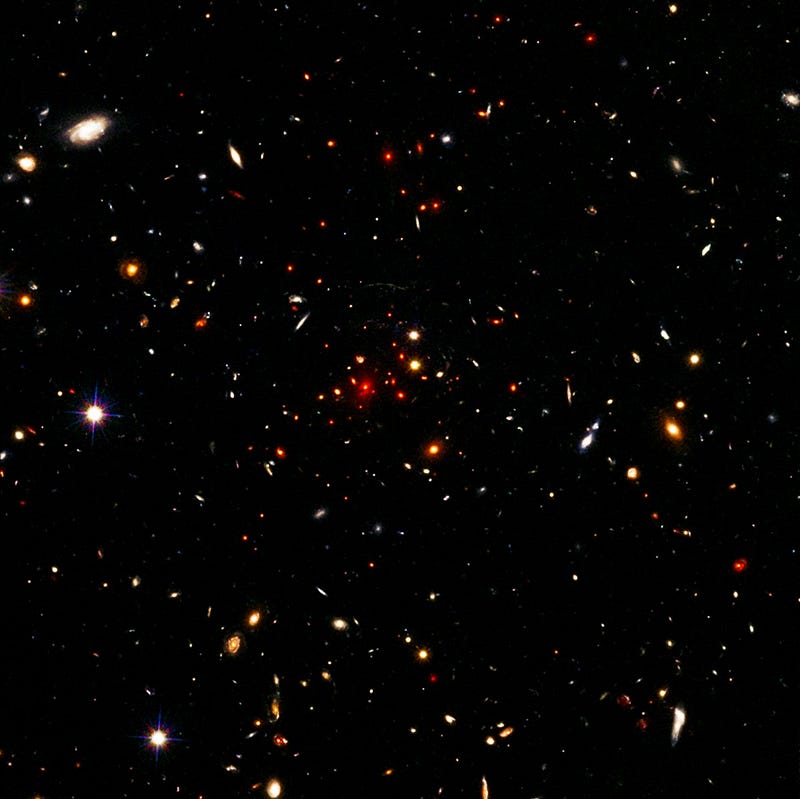
Mostly Mute Monday tells the story of a single astronomical phenomenon or object in visuals, images, video and no more than 200 words.
Leave your comments on our forum, and check out our first book: Beyond The Galaxy, available now, as well as our reward-rich Patreon campaign!





